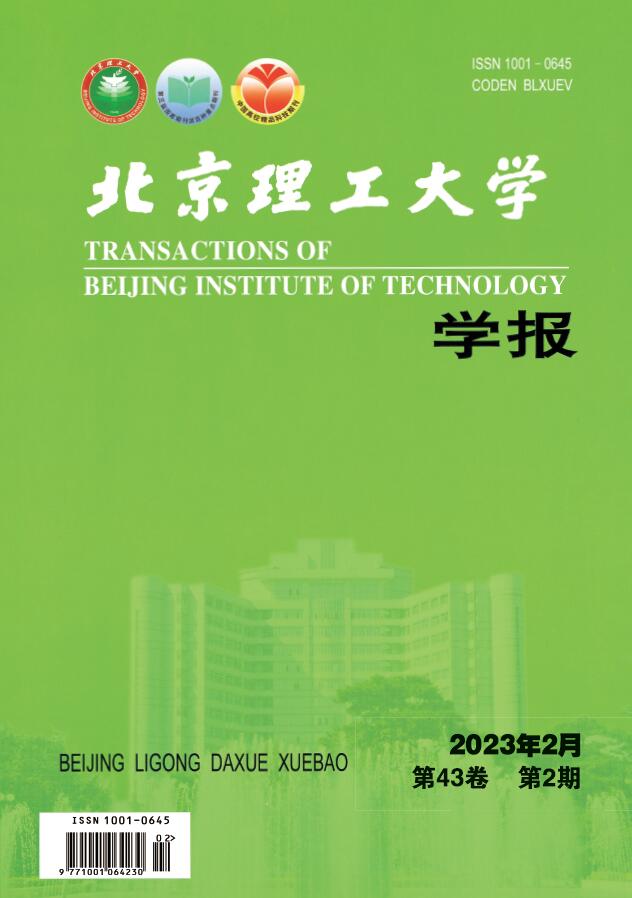2019 Vol. 39, No. 9
Display Method:
2019, 39(9): 881-886.
doi:10.15918/j.tbit1001-0645.2019.09.001
Abstract:
2019, 39(9): 887-893.
doi:10.15918/j.tbit1001-0645.2019.09.002
Abstract:
2019, 39(9): 894-899.
doi:10.15918/j.tbit1001-0645.2019.09.003
Abstract:
2019, 39(9): 900-906.
doi:10.15918/j.tbit1001-0645.2019.09.004
Abstract:
2019, 39(9): 907-911.
doi:10.15918/j.tbit1001-0645.2019.09.005
Abstract:
2019, 39(9): 912-917,990.
doi:10.15918/j.tbit1001-0645.2019.09.006
Abstract:
2019, 39(9): 918-924.
doi:10.15918/j.tbit1001-0645.2019.09.007
Abstract:
2019, 39(9): 925-932.
doi:10.15918/j.tbit1001-0645.2019.09.008
Abstract:
2019, 39(9): 933-937.
doi:10.15918/j.tbit1001-0645.2019.09.009
Abstract:
2019, 39(9): 938-943.
doi:10.15918/j.tbit1001-0645.2019.09.010
Abstract:
The Adaptive Two-Dimensional Time Delay Estimation Algorithm of Passive Intermodulation Interference
2019, 39(9): 944-949.
doi:10.15918/j.tbit1001-0645.2019.09.011
Abstract:
2019, 39(9): 950-956.
doi:10.15918/j.tbit1001-0645.2019.09.012
Abstract:
2019, 39(9): 957-966.
doi:10.15918/j.tbit1001-0645.2019.09.013
Abstract:
2019, 39(9): 967-973.
doi:10.15918/j.tbit1001-0645.2019.09.014
Abstract:
2019, 39(9): 974-977.
doi:10.15918/j.tbit1001-0645.2019.09.015
Abstract:
2019, 39(9): 978-986.
doi:10.15918/j.tbit1001-0645.2019.09.016
Abstract:
2019, 39(9): 987-990.
doi:10.15918/j.tbit1001-0645.2019.09.017
Abstract:


